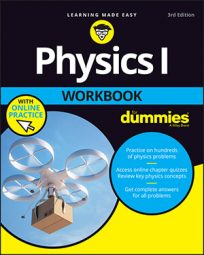The law of conservation of energy is one of the most important ideas in science. It states that energy can be transferred or transformed but never created or destroyed. But what is this thing that can never be created or destroyed? What is energy?
Energy comes in several forms, including two kinds of mechanical energy: kinetic energy and potential energy.
Kinetic energy is the energy of motion. A ball flying through the air and a spinning top both have kinetic energy. The rapidly moving molecules that compose a gas also have kinetic energy, but this kind of energy associated with random motion is normally treated separately and called thermal energy.
Potential energy, is often thought of as stored energy. You can also think of potential energy as the energy of force. Consider two blocks connected by a compressed spring. These two blocks have potential energy because of the force from the spring between them.
Commonly considered forms of potential energy include elastic potential energy, gravitational potential energy, and electric potential energy.
You can transfer energy to an object by doing work on that object. (You can also transfer energy to an object through heat.) You do work on an object whenever you apply a force to that object through a non-zero distance. So when you lift a rock up off the ground, you transfer energy to that rock. Because energy is conserved, your body has less energy after you lift the rock than before you lift the rock.
Think about all the ways that energy can be transferred or transformed. Your heart pumps blood, transferring energy to that blood through work. When you drop a book, gravitational potential energy is transformed into kinetic energy. Your car transforms the chemical potential energy stored in gasoline into the kinetic energy of the car's motion. By learning more about energy and its transformations, you gain a much deeper understanding of the world around you.

